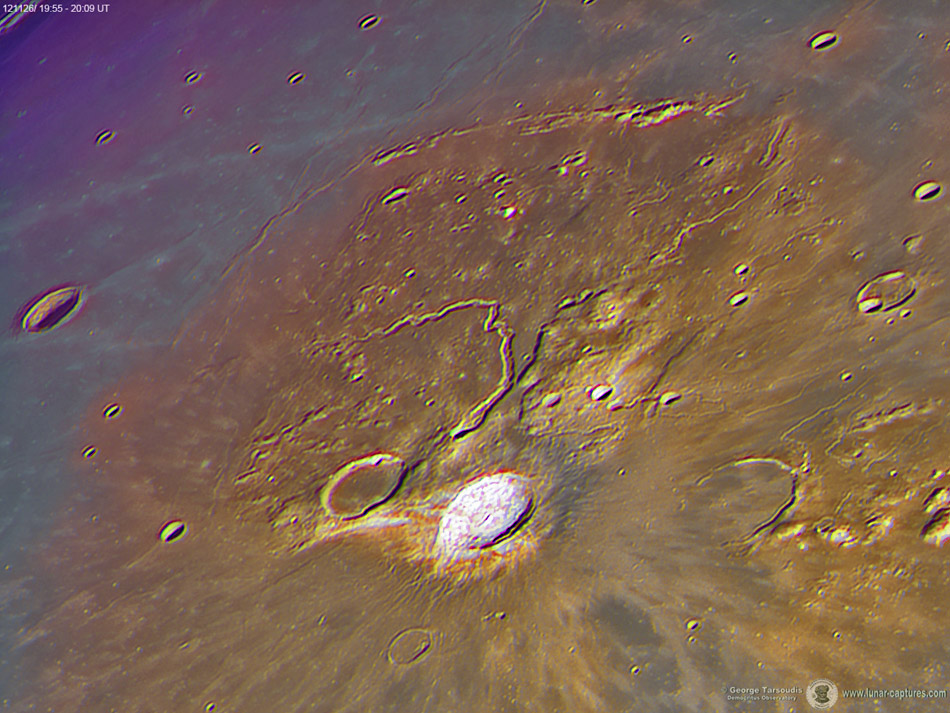Difference between revisions of "November 30, 2012"
| (4 intermediate revisions by the same user not shown) | |||
| Line 1: | Line 1: | ||
__NOTOC__ | __NOTOC__ | ||
=Golden= | =Golden= | ||
| + | <!-- Start of content --> | ||
<!-- ws:start:WikiTextHeadingRule:0:<h1> --> | <!-- ws:start:WikiTextHeadingRule:0:<h1> --> | ||
<!-- ws:start:WikiTextLocalImageRule:6:<img src="/file/view/LPOD-Nov30-12.jpg/387532226/LPOD-Nov30-12.jpg" alt="" title="" /> -->[[File:LPOD-Nov30-12.jpg|LPOD-Nov30-12.jpg]]<!-- ws:end:WikiTextLocalImageRule:6 --><br /> | <!-- ws:start:WikiTextLocalImageRule:6:<img src="/file/view/LPOD-Nov30-12.jpg/387532226/LPOD-Nov30-12.jpg" alt="" title="" /> -->[[File:LPOD-Nov30-12.jpg|LPOD-Nov30-12.jpg]]<!-- ws:end:WikiTextLocalImageRule:6 --><br /> | ||
<em>image by [mailto:gtarsoudis@gmail.com George Tarsoudis], Alexandroupolis, Greece</em><br /> | <em>image by [mailto:gtarsoudis@gmail.com George Tarsoudis], Alexandroupolis, Greece</em><br /> | ||
<br /> | <br /> | ||
| − | I was going to label this Golden Ash but then I thought that a lot is ejecta from Aristarchus. You can see the unambiguous ejecta splayed across Oceanus Procellarum to the bottom and the left. The ejecta are [http://lpod. | + | I was going to label this Golden Ash but then I thought that a lot is ejecta from Aristarchus. You can see the unambiguous ejecta splayed across Oceanus Procellarum to the bottom and the left. The ejecta are [http://www2.lpod.org/wiki/August_5,_2008 grayer] than the ash, which was probably erupted from the Cobra Head vent of Schröter's Valley. The ash, normally called pyroclastics in more scientific descriptions, covers the Aristarchus Plateau (AP) and the high lands surrounding the Harbinger Mountains (HM) east of Prinz. The smooth, non-golden area between AP and HM is younger mare lava, erupted after the ash eruptions but before about 175 million years ago when Aristarchus formed, venering the lava with its pale ejecta. Notice the bipolar ejecta around the rim of Aristarchus - to the north it is dark, and to the south bright. Aristarchus formed on a boundary - the Plateau to the north and Procellarum to the south - and presumably the different colors of ejecta reflect differences in the composition of these materials - highlands vrs mare. Move away from the brilliant crater to the western edge of the Plateau. Gold coloration extends onto Procellarum lavas beyond the relatively straight edge of the raised Plateau - is that ejecta or ash? Splashes of brightness (secondary craters) on the lava demonstrate that at least some ejecta is there. Carefully calibrated multi-spectral images from the Clementine spacecraft nearly 20 years ago [http://www.lpi.usra.edu/lunar/missions/clementine/images/img7_lg.gif paint] the ash as bright red, and the ejecta as brownish.The ash stops right at the straight western edge. It originally went further, but Procellarum lavas covered it, and later Aristarchus ejecta dusted it too. <br /> |
<br /> | <br /> | ||
<em>[mailto:tychocrater@yahoo.com Chuck Wood]</em><br /> | <em>[mailto:tychocrater@yahoo.com Chuck Wood]</em><br /> | ||
| Line 13: | Line 14: | ||
<br /> | <br /> | ||
<strong>Related Links</strong><br /> | <strong>Related Links</strong><br /> | ||
| − | Rükl plate [ | + | Rükl plate [https://the-moon.us/wiki/R%C3%BCkl_18 18]<br /> |
| − | <em>[ | + | <em>[[21st Century Atlas of the Moon|21st Century Atlas]]</em> chart 28.<br /> |
| − | George's [/www.lunar-captures.com website]<br /> | + | George's [http://www.lunar-captures.com website]<br /> |
<br /> | <br /> | ||
<p><b>Yesterday's LPOD:</b> [[November 29, 2012|Bumps in the Night]] </p> | <p><b>Yesterday's LPOD:</b> [[November 29, 2012|Bumps in the Night]] </p> | ||
<p><b>Tomorrow's LPOD:</b> [[December 1, 2012|Shadows Climbing Rims]] </p> | <p><b>Tomorrow's LPOD:</b> [[December 1, 2012|Shadows Climbing Rims]] </p> | ||
<hr /> | <hr /> | ||
| + | {{wiki/ArticleFooter}} | ||
Latest revision as of 07:34, 28 October 2018
Golden

image by George Tarsoudis, Alexandroupolis, Greece
I was going to label this Golden Ash but then I thought that a lot is ejecta from Aristarchus. You can see the unambiguous ejecta splayed across Oceanus Procellarum to the bottom and the left. The ejecta are grayer than the ash, which was probably erupted from the Cobra Head vent of Schröter's Valley. The ash, normally called pyroclastics in more scientific descriptions, covers the Aristarchus Plateau (AP) and the high lands surrounding the Harbinger Mountains (HM) east of Prinz. The smooth, non-golden area between AP and HM is younger mare lava, erupted after the ash eruptions but before about 175 million years ago when Aristarchus formed, venering the lava with its pale ejecta. Notice the bipolar ejecta around the rim of Aristarchus - to the north it is dark, and to the south bright. Aristarchus formed on a boundary - the Plateau to the north and Procellarum to the south - and presumably the different colors of ejecta reflect differences in the composition of these materials - highlands vrs mare. Move away from the brilliant crater to the western edge of the Plateau. Gold coloration extends onto Procellarum lavas beyond the relatively straight edge of the raised Plateau - is that ejecta or ash? Splashes of brightness (secondary craters) on the lava demonstrate that at least some ejecta is there. Carefully calibrated multi-spectral images from the Clementine spacecraft nearly 20 years ago paint the ash as bright red, and the ejecta as brownish.The ash stops right at the straight western edge. It originally went further, but Procellarum lavas covered it, and later Aristarchus ejecta dusted it too.
Chuck Wood
Technical Details
Nov 26, 2012, 19:55-20:09 UT. Newtonian 10 inch @f/6.3, camera Unibrain fire-i 785, filters RGB, barlow 3X.
Related Links
Rükl plate 18
21st Century Atlas chart 28.
George's website
Yesterday's LPOD: Bumps in the Night
Tomorrow's LPOD: Shadows Climbing Rims
COMMENTS?
Register, Log in, and join in the comments.



